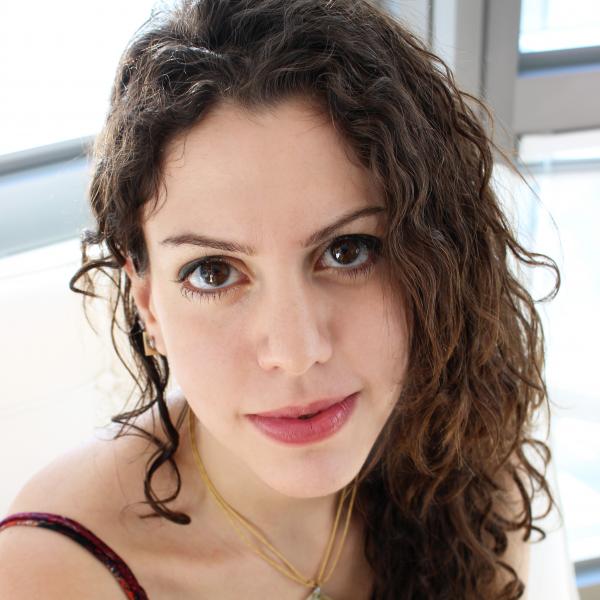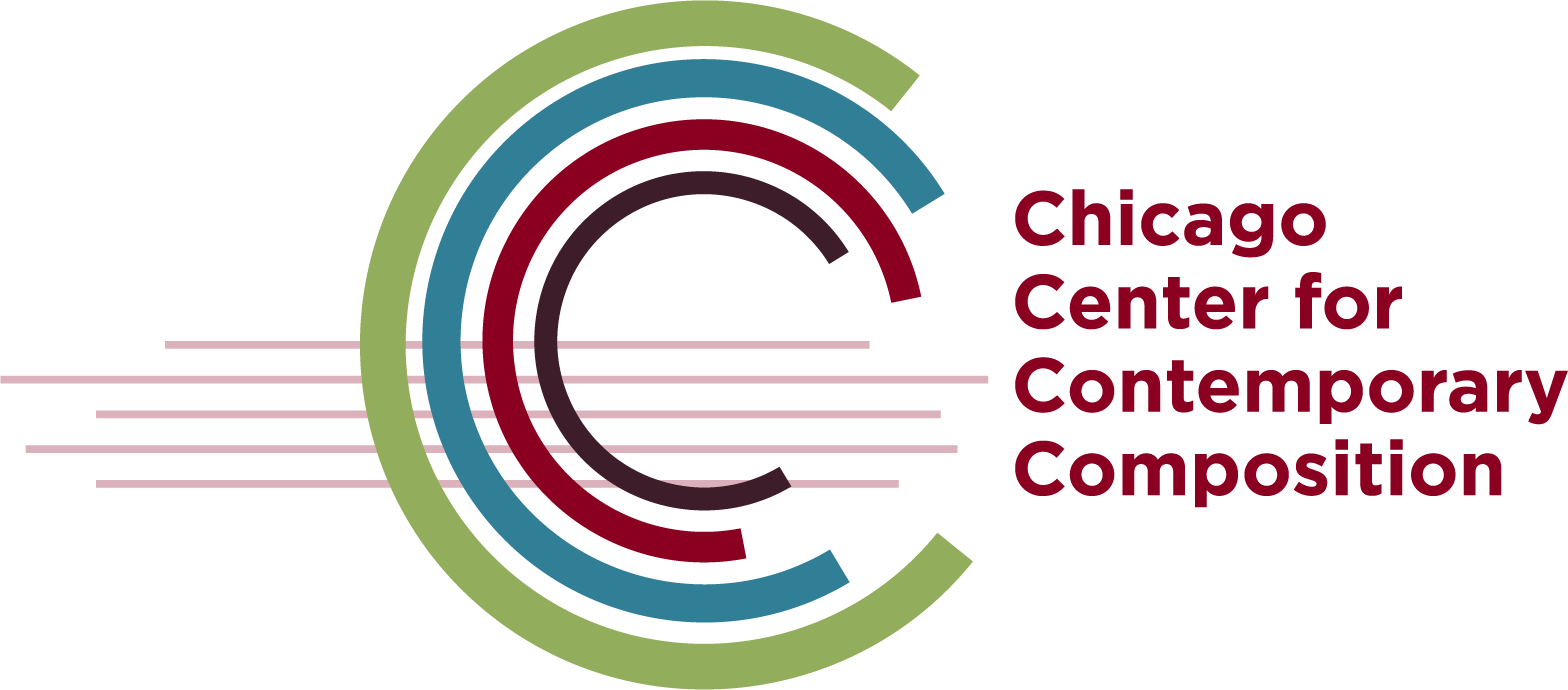
Maria Kaoutzani is a Chicago-based composer from Limassol, Cyprus, currently completing her Ph.D. at the University of Chicago.
Maria has participated and been featured in several recent projects and festivals, including a concerto for the Grammy-winning ensemble Eighth Blackbird and Cincinnati Symphony Orchestra, a residency at National Sawdust in the 2019-20 season, Pomegranate Institute and UCLA's Notes on Napkins, Hocket ensemble's #What2020SoundsLike, "Chicago Speaks” with the Civic Orchestra of Chicago and art residencies at Anderson Center for the Arts and Woodstock Byrdcliffe Guild, among others.
Maria began her music studies in the UK, receiving her bachelor’s degree from the University of York. She later came to the United States to attend New York University, where she earned her Master of Music degree in music theory and composition. Maria speaks Greek, Spanish, French, and English. She lived in Ecuador for a year working as a program coordinator that brought native English speakers to teach English in public schools.
Past teachers include Augusta Reed Thomas, Anthony Cheung, Sam Pluta and Justin Dello Joio among others. Inspired by them, she enjoys teaching and giving masterclasses and workshops.
From taking a walk in the park to watching the news, Maria finds inspiration in all types of environments and spends a lot of time seeking fresh new sounds for her compositions. Her love for Greek music also provides her with a great source of inspiration. Other significant influences include the music of Kaija Saariaho, György Ligeti, and Tania León. Maria was also influenced by her move to New York City as a student, where she learned how to appreciate the diverse musical styles she was exposed to.
Maria Kaoutzani's Suburbia premiered on October 2, 2021 with Wet Ink Ensemble.
Program notes:
Suburbia (2021) is constructed by a small number of musical ideas that are developed and manipulated until they become unrecognizable. The fixed electronics samples were created by manipulating recordings of the acoustic material, and later more material for the acoustic instruments was developed by transcribing that process of computerized manipulation. Cycles of musical cells occur at the micro and micro levels in all sections, sometimes overlapping, while the music moves from section to section almost without warning. Repetitive movements and bursts of intensity give way to slower, more meditative material only for the music to return to a mobile and restless state. In every section, however, there is a sense that one cannot escape the music and its perpetuity.
